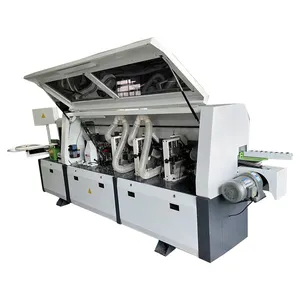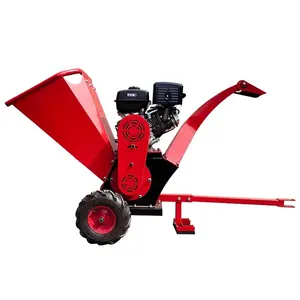Popular in your industry











Related Searches:






















Top categories
About seed metering device
The seed metering device plays a crucial role in modern agricultural practices. This device, also known as a seed metering unit, serves as the heart of precision planting equipment, ensuring accurate seed placement and spacing. The seed metering device in the planter is responsible for singulating seeds, a process where individual seeds are spaced at precise intervals along the planting row. This precision is vital for optimizing crop yields by providing each plant with adequate space, nutrients, and sunlight to thrive.
Components of the seed metering device
The air seeder metering unit consists of various components that work together to achieve precise seed placement. A key element is the seed disk, which rotates and picks up individual seeds from the seed hopper. The design of the seed disk is specific to the seed type, ensuring compatibility with different seed sizes and shapes. Additionally, the seed metering device includes a singulator, which further separates the seeds to ensure only one seed is dropped at a time. These components are often driven by a ground or electric drive system, providing the necessary power to operate the metering unit effectively.
Furthermore, the seed metering device is equipped with mechanisms to control seed flow. This control is essential to adjust the planting population and accommodate varying field conditions. To achieve this, many modern seed metering units incorporate advanced technologies, such as electronic seed metering systems. These systems allow for precise adjustment of seed rates and often include features like GPS compatibility for automated seed rate control.
Types of seed metering devices
There are several types of seed metering devices available, each designed to meet specific planting requirements. The seed drill metering unit is commonly used in traditional seed drills, where the unit is responsible for metering and dropping seeds directly into the soil at the desired spacing. This type of metering unit is often equipped with fluted rollers or specific seed tubes to achieve accurate seed placement.
On the other hand, pneumatic planters use an air seeder metering unit that relies on air pressure to transport seeds from the hopper to the individual seed tubes. This system is commonly used in no-till or minimum-tillage planting systems and offers the advantage of reduced soil disturbance during planting. Vacuum metering units are another common type, particularly in precision planters. These units use vacuum pressure to hold and singulate seeds, ensuring accurate spacing and minimizing seed skips. This technology is often found in planters equipped with advanced seed singulation capabilities for high-precision planting.
The importance of the seed metering device
The seed metering device is a critical component of modern agricultural machinery, playing a central role in achieving optimal crop yields. Precision planting, made possible by the seed metering device, ensures each plant has the necessary space to grow, access to nutrients, and sunlight. This leads to uniform crop emergence, reduced competition among plants, and ultimately, improved yield potential. Additionally, precise seed placement contributes to efficient resource utilization, as it allows farmers to optimize seed use while minimizing waste.
Furthermore, the seed metering device in the planter plays a key role in supporting sustainable agricultural practices. By enabling accurate seed placement, the metering device helps farmers implement conservation tillage and no-till practices. These approaches reduce soil erosion, preserve soil structure, and enhance water retention, leading to improved long-term soil health. The seed metering device's contribution to sustainability extends to resource efficiency, as precise seed placement allows for the targeted application of inputs such as fertilizers and pesticides. By promoting resource efficiency and environmental stewardship, the seed metering device aligns with the broader goals of sustainable agriculture.

























